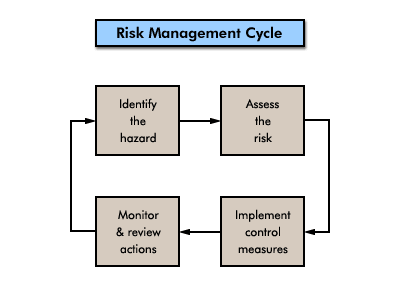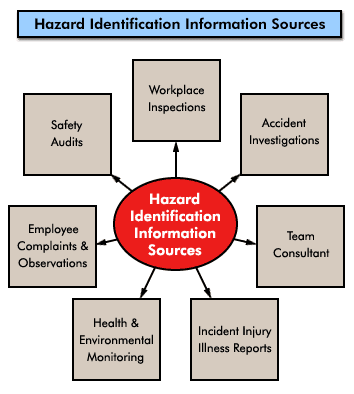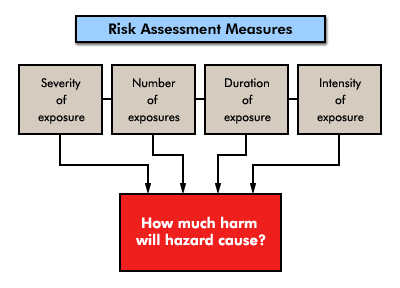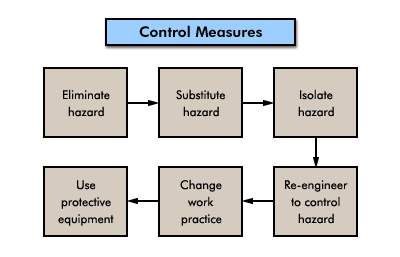
Provide a safe working environment
Occupational Health & Safety Legislation
Risk Management
Every workplace must be operated without placing any person at risk of injury or disease. To achieve this, everyone at the workplace has a responsibility to protect their own health and safety and that of other people.An effective OHS policy should include an ongoing process to identify, assess and control workplace hazard that could endanger customers, visitors and staff.
Risk Areas
Six potential hazards areas in your store to be aware of are:- Electrical
equipment including cables, and double adapters
- Plant
and equipment
- Slips
trips and falls
- Housekeeping
material and equipment
- Ladders
- Footwear and stairways
There is a three step formula that will assist you to manage health and safety in your store. The three steps are:
|
 |
Identify the Hazard
A hazard is anything that has the potential to cause harm. It could be a piece of equipment, a chemical substance, the work environment or a way of doing a task.The first step in risk management is to look for any hazards that could cause injury to staff or the public. If everyone in the workplace is aware of OHS issues, hazard identification is a more efficient process. Ask your team what they see as hazards in their work areas.
There are seven major hazard identification methods:
- Safety
audits
- Workplace
inspections
- Incident
investigations
- Team
consultation
- Injury
and illness records
- Health
and environmental monitoring
- Complaints and observation
 |
Assess the Risk
Identifying and assessing hazards is the first step towards removing or modifying them.The most important step is to identify the process that should be taken to control it as quickly as possible.
Risk is the possibility that a hazard will cause harm. When a hazard has been identified you must assess its potential to cause injury and/or financial loss. The greater the possibility of injury, the higher the risk is said to be.
When assessing risk consider:
|
 |

Control the Risk
Once the hazard has been identified and assessed, you should implement control measures to reduce the risk of injury or disease.Some methods are more effective than others depending on the hazard. Ideally, the most effective control should be implemented. Unfortunately, this is not always possible so an effective compromise must be found.
When developing a hazard control strategy the "hierarchy of control" should be used. The "hierarchy of control" uses the range of feasible options that are available. These options include :
|
 |
Below is a sample of a risk assessment checklist for manual handling showing the relationship between the three steps.